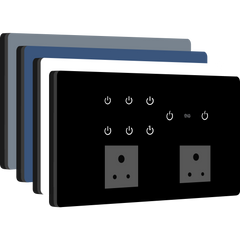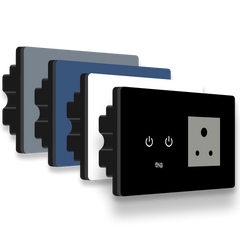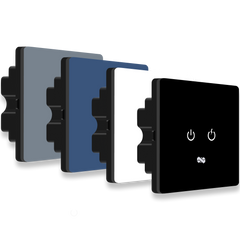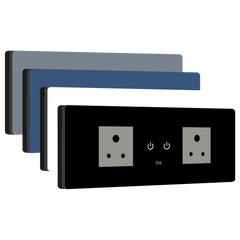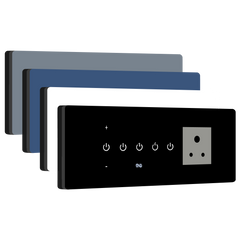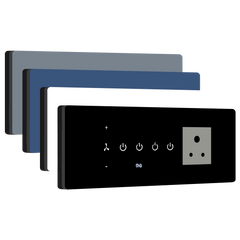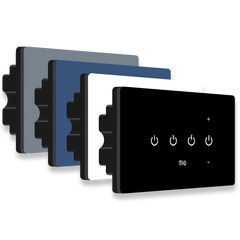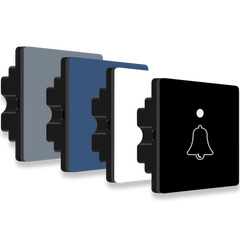Joint Functionality: Seamless Device Coordination

1. Definition
Joint functionality refers to the ability of multiple smart devices, such as smart switches, lights, and appliances, to work together harmoniously within a single ecosystem. This feature allows users to integrate devices and coordinate their functions for streamlined automation, convenience, and efficiency.
For example, a smart switch can activate multiple devices simultaneously, such as turning on lights, adjusting the thermostat, and powering up an air purifier—all with a single tap or voice command.
2. Key Takeaways
- Joint functionality enables the coordination of multiple devices for seamless operation.
- It enhances user convenience by simplifying control over various devices through one platform or command.
- The feature is powered by IoT protocols like Zigbee, Z-Wave, and Wi-Fi.
- It plays a crucial role in creating personalized routines and automated smart home experiences.
3. Why Joint Functionality Is Important
-
Streamlined Automation
Joint functionality allows users to automate complex tasks by grouping multiple devices into a single action. For instance, a “Good Morning” routine can simultaneously turn on bedroom lights, open smart curtains, and start the coffee machine. -
Improved User Experience
Instead of managing individual devices separately, users can control them collectively. This simplifies the experience and saves time, making smart home systems more intuitive. -
Personalization
Joint functionality enables custom routines based on personal preferences or daily habits. For example, a smart switch can dim lights and activate a sound system simultaneously for a “Movie Night” setting. -
Energy Efficiency
By grouping devices, users can turn off all connected appliances and switches with a single command, reducing unnecessary power consumption and saving energy. -
Enhanced Safety and Security
Joint functionality can enhance safety by coordinating devices. For example, when a smart security camera detects motion, the smart switches can automatically turn on outdoor lights and alert the user via a notification.
4. Example/Use Case
Imagine arriving home after a long day. Using joint functionality, a single command—like saying, “Alexa, I’m home”—can activate the entryway lights, adjust the thermostat, and turn on the living room smart TV.
Another use case is during bedtime. A “Good Night” routine can be set up to turn off all lights, close the smart curtains, and lower the thermostat with one tap on a smart switch.
5. Frequently Asked Questions (FAQs)
-
How does joint functionality work?
Joint functionality works by integrating smart devices into a centralized platform, such as a smart home hub or mobile app. This allows multiple devices to respond to a single command or automation routine. -
Do all smart switches support joint functionality?
Not all smart switches support this feature. Look for switches compatible with IoT ecosystems like Alexa, Google Home, or Apple HomeKit, as these platforms enable joint functionality. -
What protocols support joint functionality?
Common protocols include Wi-Fi, Zigbee, Z-Wave, and Matter. These ensure devices can communicate seamlessly for coordinated actions. -
Can joint functionality work across different brands?
Yes, as long as the devices are compatible with the same smart home platform or protocol. For example, an Alexa-enabled smart switch can work with other Alexa-compatible devices, regardless of brand. -
Is joint functionality secure?
Yes, provided that devices are updated with the latest firmware and secured with strong authentication methods. Using a trusted ecosystem also enhances security.
Simplify your life with Iotics Smart Switches, designed to enable joint functionality across your smart home devices. Create personalized routines, save time, and enjoy a truly connected experience. Discover More.
7. Related Terms
- Integration Options
- Intelligent Control
- App Integration with Smart Switches
- Group Control for Smart Switches

